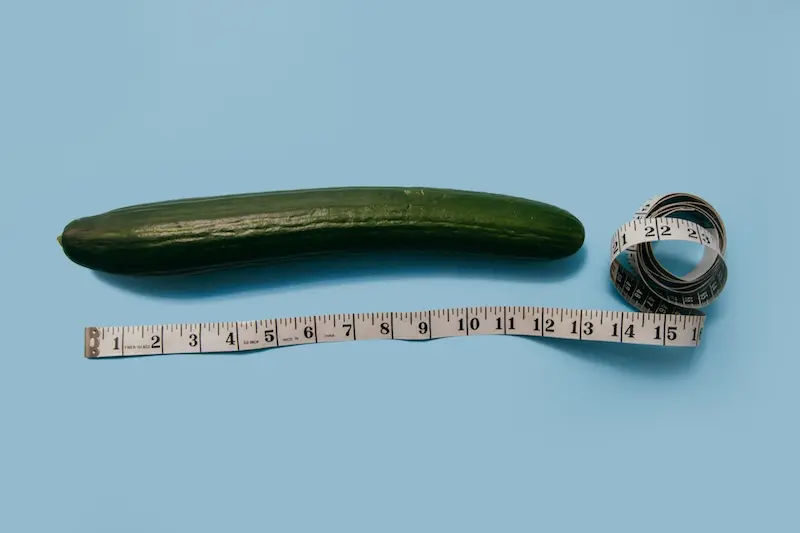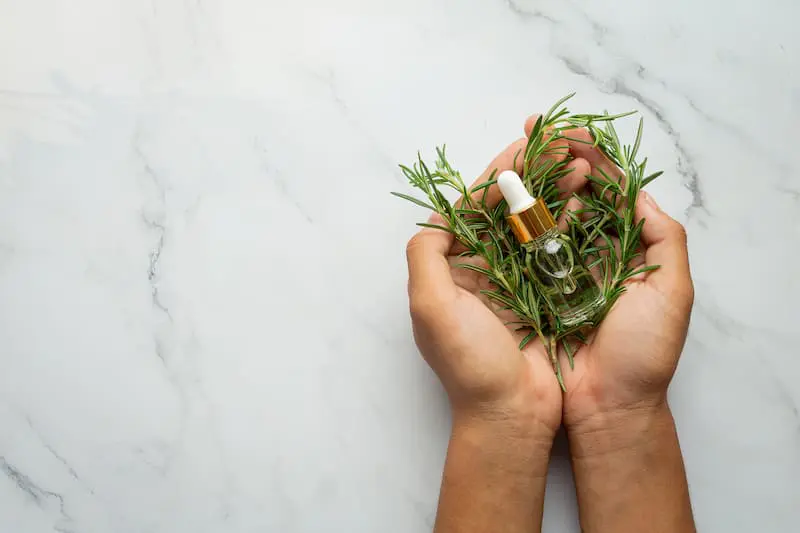Men can be pretty anxious about what to expect their penises to look like in the future. Some young men might not be aware that their penis will have growth spurts, just like the rest of their body. For “late bloomers,” the penis can remain smaller than their peers for quite some time, and that can be frustrating.
Below, we’ll discuss the biology of a man’s growing penis: average age ranges to expect more growth, typical developmental stages, and how a fully-grown man can later explore procedures if he wants to.
Your DNA and Hormones
How big will your penis grow? That’s hard to predict, but genetics and hormones have a lot to do with it. Different populations around the world have varying average penis sizes, and yours is influenced by your ancestry and hormones.
Puberty starts penis growth and the rest of sexual maturity. It can span a good decade in males, from ages 10 to 21. On average, most boys begin puberty around age 12 and end anywhere from 18–21. These are average ranges—some men may experience puberty earlier or later.
During puberty, your penis growth, shape, and size will change and vary greatly. There isn’t one “normal” size or structure. As long as things are developing and functioning in everyday ways, variation is expected.
During puberty, testosterone increases, causing many physical changes. Sometimes these changes occur too slowly to notice. Other times, they seem to happen overnight. You’ll grow taller, develop more muscle, and start growing facial and pubic hair.
Growing testicles may be your first sign of puberty. Your scrotum (the sac containing your testes) will drop, enlarge, and may darken in color. Your skin will thin, allowing tiny bumps of hair follicles to pop through. Typically, one testicle hangs lower than the other for a time, which is entirely common.
The penis usually starts growing about a year after the testicles begin changing. Often, penises grow in length first and then in width (also known as girth). Growth happens in spurts—it may grow fast for a few weeks, then slow down, then speed up again later.
Penile growth spurts can last about five years and usually finish (on average) between ages 18 and 21. For this reason, no penile girth procedures should be considered until after natural growth is complete.
Other penis-related changes during puberty include:
- Pubic hair
- Random erections
- Ability to ejaculate
- Uncontrollable nighttime emissions (also called “wet dreams”)
Average Penis Sizes
Many men need reassurance that their size is “normal.” Honestly, “normal” is just an average range that doesn’t reflect much, and everyone’s body is different. Nevertheless, here’s how researchers typically measure penis size and the average ranges you might expect:
Average Penile Length:
- Flaccid: Approximately 3.6 inches
- Erect or Stretched: Approximately 5.5 inches
To measure length, begin at the base where your shaft starts at your pubic bone. Press around your pubic area until you feel bone. Stretch a measuring tape from that point to the tip of your penis.
Average Penis Circumference (Girth):
- Flaccid: Approximately 3.6 inches
- Erect: Approximately 5 inches
Wrap a soft measuring tape around the largest part of your shaft to measure girth. Your girth (circumference or width around) is where the number on the measuring tape meets itself at your start point.
These averages are based on population studies and are provided for general information only. Individual sizes vary widely, and no single number defines what is “normal.”
What Your Penis Size Says About You
So, what does your penis size say about you? Absolutely nothing.
Your size and shape don’t determine how you’ll perform sexually, your masculinity, your testosterone levels, or your attractiveness. And the old joke is true: “You know what they say about big hands? Big gloves.” Hand or foot size has no connection to penis size.
As long as you have no trouble urinating, having intercourse, or reproducing, your penis is healthy. While very rare, some men may have a condition known as micropenis, which can be diagnosed and treated by a urologist.
Often, men misjudge what “average” really is and believe they fall short. Cultural myths also contribute to feelings of inadequacy, even when size is within or above average. This can lead to self-consciousness that affects confidence and even mental health.
Some men develop what’s called penile dysmorphic disorder (PDD), where worry over perceived size becomes a daily obsession. Like other forms of body dysmorphia, this can cause anxiety, shame, and reduced satisfaction in intimate relationships.
Increasing Your Penis Size
Many pills, creams, stretchers, and weights claim they can increase length. However, research shows these options are either ineffective or may carry risks.
In contrast, hyaluronic acid (HA) penile girth enhancement is a non-surgical procedure performed by trained providers. This approach focuses on increasing width, which can also create a more substantial appearance when flaccid. Unlike surgical lengthening, which may involve risks such as scar tissue, HA fillers are designed as a minimally invasive option.
It’s important to choose a qualified provider who specializes in sexual health procedures. Instead of picking the first clinic you find by searching “dick fillers near me,” review their experience and training. Reputable providers typically share before-and-after photos of their HA penile girth enhancement work, allowing you to make an informed decision. Keep in mind that the closest qualified provider may not always be local.
Growing With Patience
Puberty begins your penis’ growth. Growth usually stops once puberty ends, which can take anywhere from five to ten years.
Many men assume the average penis size is larger than it really is. In reality, the average size is approximately:
- Flaccid length:6 inches
- Erect length:1 inches
There is no single “normal” size or shape. As long as you can urinate, have intercourse, and reproduce, your size is considered healthy.
For men who feel self-conscious about size, girth can be added through non-surgical procedures such as hyaluronic acid dermal fillers.




